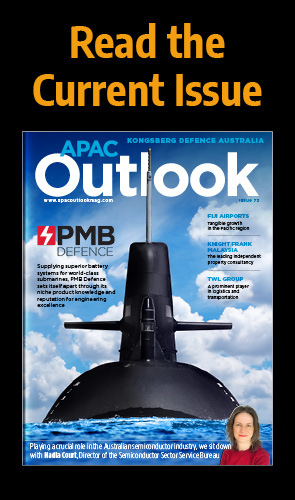A playground for virtual merchants and digital storefronts, the entertainment realm is being overtaken by e-commerce, as TikTok Shop sweeps across Southeast Asia.
THE TICKING CLOCK OF THE SOCIAL MEDIA MARKETPLACE
Since its inception in 2016 and subsequent launch of its live-streaming service in 2019, TikTok’s explosive trajectory means that it now ranks as one of the most used social media apps in the world. The popular short-form video sharing platform records an average of one billion monthly active users (MAUs).
Yet most recently, this social media giant has taken strides into the e-commerce space, following the likes of both Facebook and Instagram. TikTok is owned by Chinese developer, ByteDance. With China alone registering social commerce sales of $351.65 billion in 2021 according to Influencer Marketing Hub, it seems a natural evolution that ByteDance has decided to pursue this dynamic arena for retail.
The launch of TikTok Shop began with an initial trial period of A/B testing in Indonesia, followed by ongoing trialling in the UK – the app’s largest market outside of China.
Although the efficacy of the platform for merchants remains hotly contested, TikTok’s e-commerce offering has since been rolled out in Thailand, Malaysia, Singapore, the Philippines, and Vietnam, as of July 2022. As a result, Southeast Asia has developed into TikTok’s largest geographical market for livestream shopping operations.
To this extent, the app’s e-commerce offering is poised to reshape the region’s retail landscape, with the potential to majorly shift consumer shopping habits towards the social commerce marketplace.
Following the first year of the UK trial, TikTok was forecasted to continue the app’s growth in key European markets including France, Spain, Germany and Italy, but with no such progress underway, it would appear these plans have been abandoned in favour of growth across Asia.
A report by the South China Morning Post suggests that the re-directed attention of the app’s heightened e-commerce efforts may be a result of the increased scrutiny being placed on TikTok for its questionable data privacy policies and the unsuccessful uptake of its retail programmes in major Western economies, following testing in the UK, US, and Canada. Further supporting this pivot, is that according to Data.ai, TikTok was one of the most downloaded apps in Southeast Asia in 2021.
TikTok Shop manifests as an additional tab on the user’s home feed, where a host of products are grouped under different categories, with priority segments including consumer goods within clothing, shoes and bags, home furnishings, and beauty.
As a technologically advanced system designed for an accessible and streamlined user experience, the TikTok Shop platform provides application programming interface (API) integration solutions that improve shop operations through efficient inventory synchronisation and order management, alongside a host of other features.
It is an ecosystem that allows for one-stop e-commerce integration but can potentially be a difficult realm for retailers to navigate. Selling on the platform limits individual sellers, since shipping options and return policies are entirely determined by TikTok to create a uniform experience for all merchants. In addition, ByteDance has confirmed a one percent commission fee on all orders sold to buyers in Thailand, Indonesia, Vietnam and Malaysia.
Furthermore, although designed to empower and further the reach of all merchants, by the nature of the app alone, sellers must navigate the intersection of content creation and effective selling strategies by engaging with buyers through short-form video content to direct them towards products.
As seen with TikTok’s recent shopping campaign in Malaysia during a 12-day sales promotion, merchants were encouraged to share certain hashtags to boost traffic towards their digital shopfronts and would even benefit from discounted shipping costs if sellers participated in digital streaming for at least an hour a day during the campaign.
It is evident that selling through TikTok requires a skillset exceeding traditional online retail.
Directly targeted at its Indonesian audience, TikTok Shop offers a ‘Sellers University’, guiding brands on how to either make their own videos or do so through collaborations that will advertise their products whilst also providing guidance on logistical support.
By playing in the social space, TikTok follows a model of e-commerce that endorses a heightened interaction between shoppers and sellers. In a statement released on TechCrunch, TikTok declared that “brands on TikTok have found a creative outlet to authentically connect with audiences, and we’re excited to experiment with new commerce opportunities that enable our community to discover and engage with what they love.”
At present, TikTok’s plans to launch the ‘Shop’ tab in other markets remain unknown, as does whether this latest offering will impact the user experience for the worst.
However, a quick search of the ‘TikTok Shop’ hashtag on Twitter would suggest that the introduction of shopping experiences into the app may be an intrusion too far into an inherently social, recreational space.





















